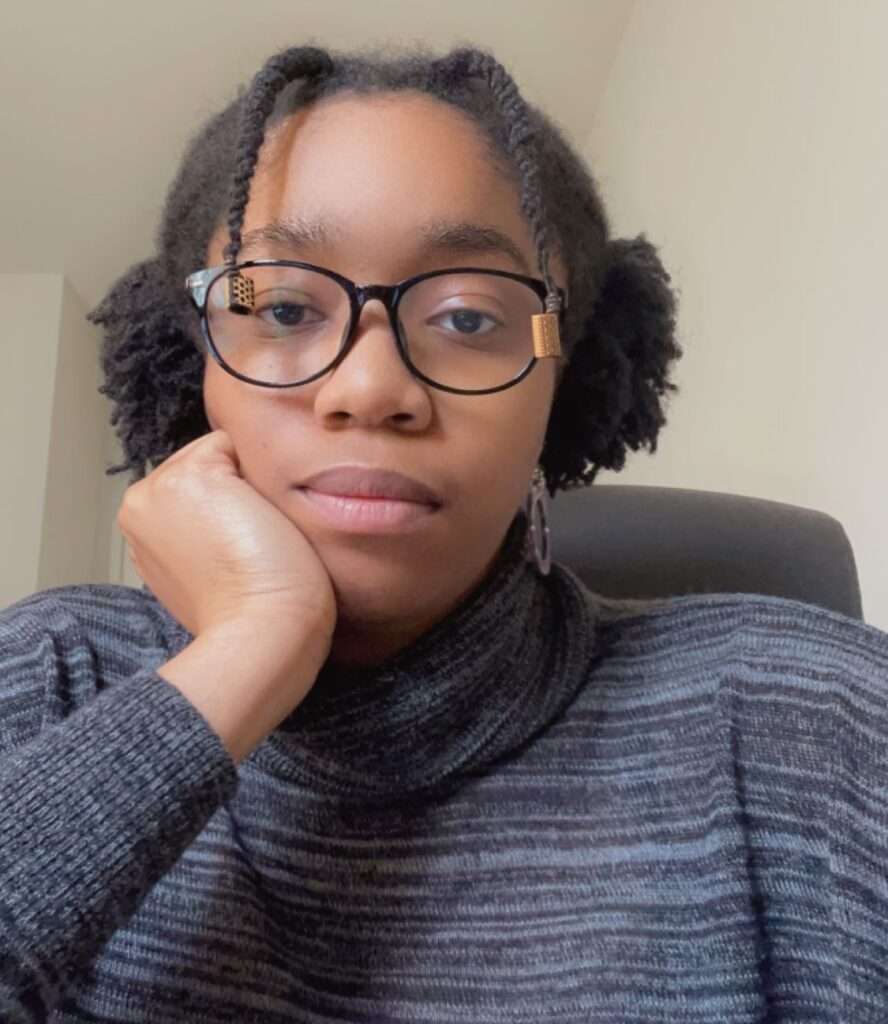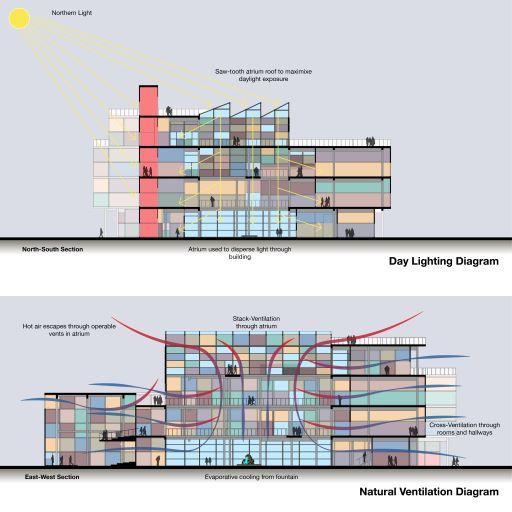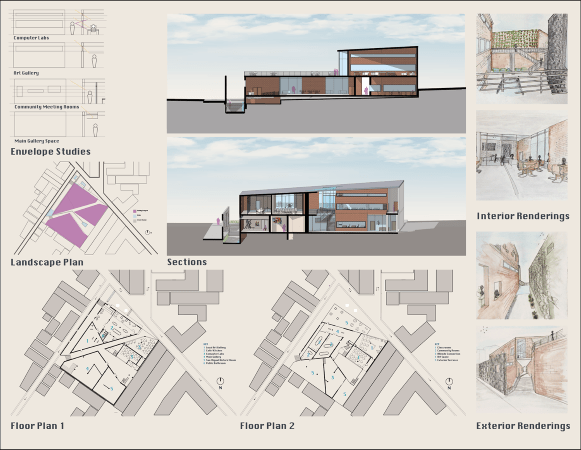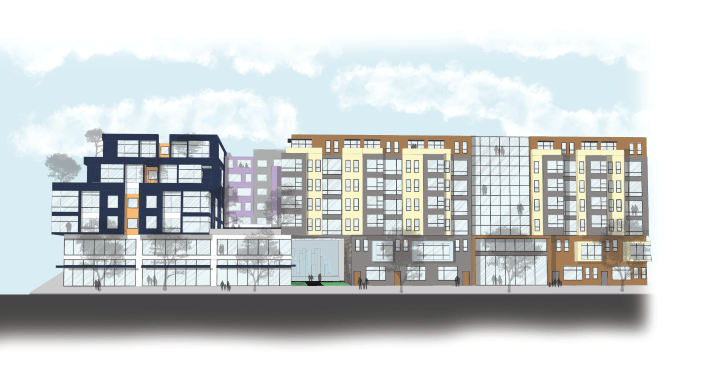
Meet Urenna Evuleocha, a Nigerian-American Spring 2020 Architecture graduate with a minor in Ethnic Studies from California Polytechnic State University, San Luis Obispo. She enjoys reading novels and comics, watching cartoons and anime, art, photography, graphic design, furniture design, and construction. She is always searching for new ways to express herself creatively and always enjoys creating with friends. Her interests are in community-centered architecture and master planning, engaging with socio-economic issues and sustainability. Currently, she is working as an Associate Healthcare Planner and freelancing as an illustrator, graphic designer, and photographer in Los Angeles, CA.
As Black History month ends and Women’s History begins, we asked Urenna the following question. What does black history in architecture mean to you? Do you have any influences from your past research on black architects and their contributions? For example, a favorite building, favorite black Architect. Feel free to elaborate on where you are in your journey on learning about the contributions of black architects.
Black history in architecture has always been a history of conscious placemaking and resilience, whether developing design and building techniques to better adapt to climate and location to planning around societal roadblocks due to hate and fear. Black architecture is not only rich in history and offers much to study culturally but also tells a story of perseverance through the ages and is ever evolving with the needs of the end-user, and is often simple in its adaptive and aesthetically pleasing responses. I have always been drawn to designers who put the needs of their clients and the location of their projects first and foremost, creating marvelously unique yet straightforward buildings and structures and accounting for local building techniques and the resources readily available in the area. When communities are involved in the design or construction of projects in the area, I see them be more widely accepted and loved. A program that greatly influenced how I approach and envision my project going through college was the MASS Design Group’s African Design Centre Fellowship program. Their approach to projects is community-center and driven. They always came out looking like they were not only a part of their community and landscape but also utilized the trades of the craftspeople and artisans from the community to give their projects character and a sense of place.



